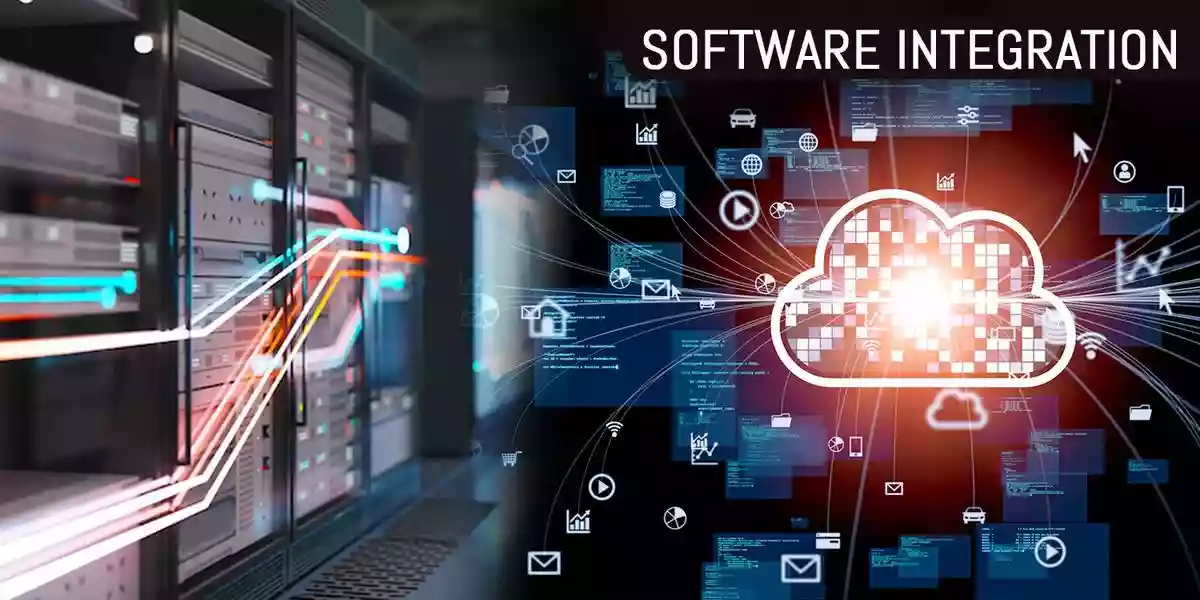SOFTWARE INTEGRATION

Engineering Companies who rely on ERPs for their other business-critical organizational processes, as well as Design software for their design needs, face a major challenge – Integration - as one of their biggest pain area. In the absence of proper integration between ERP applications, such as SAP and Oracle, or other ERP and non-ERP applications, companies are unable to fully automate and optimize their business processes to the fullest extent. At the end of the day, Engineers and Managers who could optimize their efficiency on productive tasks end up doing repetitive data entry in multiple systems, rather than optimizing their efficiency on productive tasks PARAM team has been able to assist many of its clients to implement an integrated Ecosystem in which ERP, Design Applications, and Other Business Applications such as Document Management Solutions or Project Management Solutions are integrated to have a synergistic effect on productivity.
Software Integration Approach
Analysis of requirements: The first step in software integration is to identify the components that need to be integrated, the interfaces between them, and the overall requirements for the system.
Planning:The next step is to plan the integration process, including defining the integration strategy, developing an integration schedule, and identifying the resources required for the integration process.
Design:Once the software integration plan is in place, the software components need to be designed to work together effectively. In addition to defining the interfaces between components, test plans must be developed.
Implementation:: After the design phase, the components are implemented according to the integration plan, which involves coding, testing, and integrating them.
Testing:Once the software components are integrated, the entire system needs to be tested to ensure that it works as expected. This includes testing the interfaces between the components, as well as testing the overall functionality of the system.
Deployment:Following successful testing, the software system is deployed in the production environment. It involves installing the software components and configuring the system.
It's also important to maintain the software system so it keeps working. This includes fixing any bugs that are found, updating the software to address new requirements, and monitoring the system to make sure it's still working.
Our Integration Capabilities (What We Integrate)
- ERP (SAP/ORACLE/BAAN or any other ERP)
- CRM
- Human Resource Management Software (HRMS)
- SCM (supply chain management) tools
- CAD Software
- Product Data & Lifecycle Management Software (PLM)
- Vendor portals
- Document management software
- Project Management Software
- Timesheet and Attendance Management Software
- Workflow automation apps
What are common types of system integration? (PARAM is best systems integrators)
- Application Integration
- Data Integration
- Enterprise Service Bus (ESB) Integration
- Business-to-Business (B2B) Integration
- Cloud Integration
- Internet of Things (IoT) Integration
What Type of Software can be Integrated?
- Enterprise resource planning (ERP) systemsn
- Customer relationship management (CRM) systems
- Human resource management (HRM) systems
- Supply chain management (SCM) systems
- Accounting and financial software
- Marketing automation software
- E-commerce platforms
- Business intelligence and analytics software
- Collaboration and project management tools
- Content management systems (CMS)
- Customer support and ticketing software
- Inventory management software
- Intranets
- Industry specific software (such as electronic health record (EHR), manufacturing execution systems) and more.
Why is Software Integration Necessary?
Modern software systems require integration because they are often composed of many individual components that must work together. Different teams or organizations may develop these components, and they may use different programming languages or data formats
In the absence of integration, each component would have to be used in isolation, limiting the capability of the overall system. Integration allows components to communicate and share data, enabling advanced functionality.
- Integration improves functionality by enabling different software components to work together seamlessly.
- Integrating different components reduces duplication of effort, leading to greater efficiency.
- Software integration can reduce development costs by allowing existing components to be reused rather than having to develop new ones.
- Integration of different software components can create a more cohesive and user-friendly experience.
- Integrating software components can eliminate compatibility issues that can lead to software failures.
